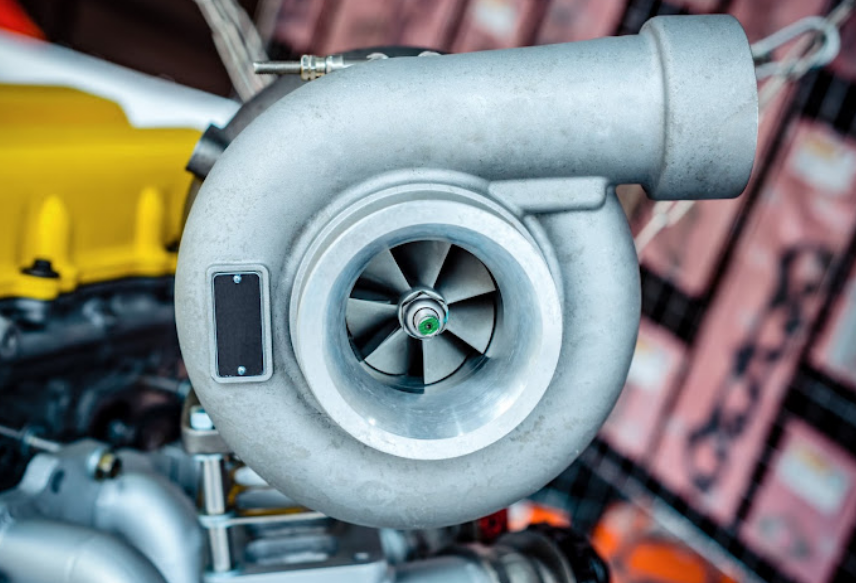The pros and cons of turbocharging

Turbocharging has become a major trend in the automotive world. It first appeared on mainstream cars and bakkies in the 1980s. In South Africa one of the first vehicles on which it was used was the Isuzu diesel one tonne bakkie.
Isuzu (or General Motors) was unsure of the reception this newfangled technology would receive in a traditionally sceptical customer base, so they preferred to call the low-boost turbocharger a “compensator”, supposedly intended to compensate for the lower barometric pressure of the Highveld.
Today, 40 years later, the situation has changed dramatically. Turbocharging is now almost universal on diesel engines and popular on petrol engines. According to my source (CAR magazine's Car Guide), by May 2023 only one of the 59 diesel engines offered on passenger and light commercial vehicles in South Africa was naturally aspirated (the 4.2l straight-six available in Toyota's 70 series Land Cruiser).
Of the 43 vehicle brands in our market, 18 did not offer diesel variants. Among these 18 brands, Honda and Suzuki are examples of companies marching to their own drummer (in South Africa, anyway), because most of their models are fitted with unadorned, naturally aspirated petrol engines.
The advantages of turbocharging are well known: the energy in the stream of fast-flowing exhaust gas is used to drive a compressor which crams more air into the combustion chambers. More oxygen molecules present in the combustion chambers allow more fuel to be burnt, resulting in increased power and torque.
The increase in power, when compared to a nearly identical naturally aspirated engine is upwards of 35%, and the increase in maximum torque is upwards of 70%. On the two Citroën C3 models, for example, with petrol engines of 1,199cc displacement, one turbocharged, the other naturally aspirated, the gain in power is 35% and the torque increase is 74%.
This makes it possible to use smaller, more frugal engines, which, on demand, can deliver the same output as a bigger engine of a previous generation. Such a bonanza was eagerly exploited by the automotive industry. It was particularly useful in South Africa with the “thinner” air of the Highveld.
But new technology always involves a trade-off. There are no gains without pains. In the case of turbochargers, the pains centred on the problems of heat. A turbocharger operates in a hostile environment. It is bathed in exhaust gas at about 1,000ºC, which means it has an even tougher life than the engine's exhaust valves which are cooled by intermittent contact with their seats in the cylinder head. Everything on a turbocharger gets searingly hot — the vanes of the turbine wheel, the shaft that links the turbine wheel to the compressor wheel, the bearings on this shaft, the oil to lubricate the bearings, even the compressed air delivered by the compressor wheel.
No doubt significant advances have been made in the refinement, efficiency and heat management of turbochargers over the past 40 years. The important question is whether they have also become more durable. A conversation with a turbo specialist revealed a disturbing picture in this regard: the lifespan of the latest generation of turbochargers is less than those of a few years ago. And yet, under ideal conditions a turbocharger should last for the life of the engine because there is no rubbing contact between its internal parts that can cause wear.
The explanation for the discrepancy between theory and practice is to be found in the term “ideal conditions”. How can owners of turbocharged vehicles ensure they provide conditions as close as possible to ideal for their turbos, what are the most common failure modes, what are the early warning signals of a turbo heading for failure?
These questions will be discussed in our next article. Among others, we'll consider the long-standing controversy about the need to keep a turbocharged engine idling for a minute or two before switching off after a fast run during which the turbo was working hard.
1.The news above mentioned with detailed source are from internet.We are trying our best to assure they are accurate ,timely and safe so as to let bearing users and sellers read more related info.However, it doesn't mean we agree with any point of view referred in above contents and we are not responsible for the authenticity. If you want to publish the news,please note the source and you will be legally responsible for the news published.
2.All news edited and translated by us are specially noted the source"CBCC".
3.For investors,please be cautious for all news.We don't bear any damage brought by late and inaccurate news.
4.If the news we published involves copyright of yours,just let us know.
Next A proven track record for Dryer Roll Bearings
BRIEF INTRODUCTION
Cnbearing is the No.1 bearing inquiry system and information service in China, dedicated to helping all bearing users and sellers throughout the world.
Cnbearing is supported by China National Bearing Industry Association, whose operation online is charged by China Bearing Unisun Tech. Co., Ltd.
China Bearing Unisun Tech. Co., Ltd owns all the rights. Since 2000, over 3,000 companies have been registered and enjoyed the company' s complete skillful service, which ranking many aspects in bearing industry at home and abroad with the most authority practical devices in China.


